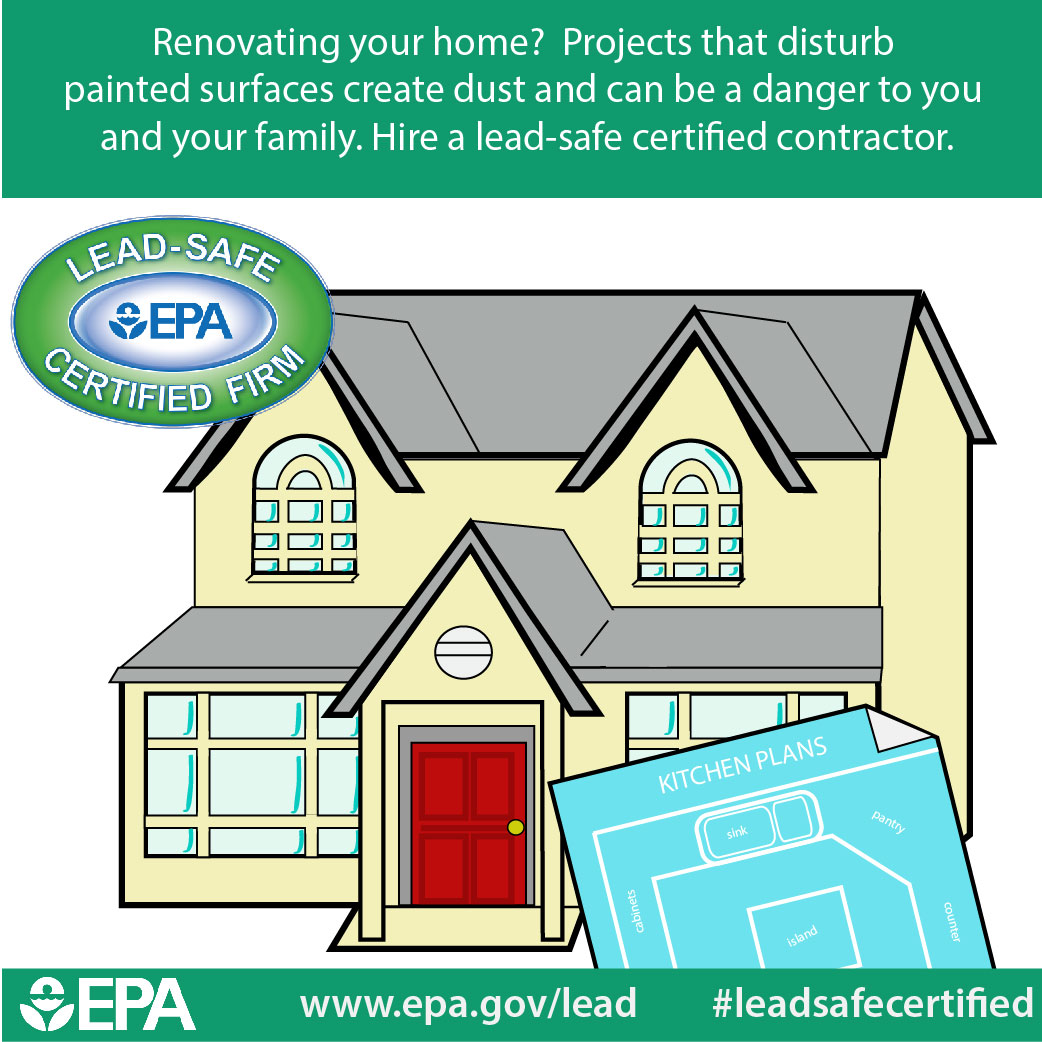Comprehensive Summary For Prepping Your Walls Prior To Applying Paint
Comprehensive Summary For Prepping Your Walls Prior To Applying Paint
Blog Article
Highly recommended Internet site Created By-Terp Gustavsen
When you're prepping your walls for painting, it's essential to follow a methodical process to ensure a perfect finish. Start by examining the wall surface for any damages; this action can make or break your project. As soon as you have actually identified any kind of issues, cleaning up the surface correctly is crucial, as a filthy wall can impact paint bond. Afterwards, you'll require to spot any blemishes and apply a guide. Yet there are specific methods and suggestions that can boost your preparation video game-- allow's discover those additional to attain the very best outcomes.
Assessing Wall Condition
Before you grab your paintbrush, take a moment to examine your wall surfaces' condition. Look for any noticeable damages like splits, holes, or peeling off paint. These imperfections can influence how the paint adheres and looks once it's dry. If you discover any type of substantial damage, you'll need to prioritize repairs before diving right into painting.
Look carefully at the structure of your walls. Is the surface area smooth, or is there texture that might call for special consideration? Smooth walls generally need less preparation, while distinctive surface areas might need more time to paint equally.
Additionally, take into consideration the previous paint job. If the old paint is glossy, it mightn't allow new paint to stick effectively. You'll wish to know if your wall surfaces have been painted with oil-based or water-based paint, as this can affect your option of primer or paint.
Finally, bear in mind of any type of wetness problems. If you see indications of water damages or mold and mildew, address these problems promptly to stop further issues.
Cleaning the Surface area
As soon as you have actually assessed the problem of your walls, the following step is cleaning the surface area. Beginning by gathering your materials: a pail, warm water, a light cleaning agent, a sponge or towel, and a scrub brush for harder areas.
Begin on top corner of the wall surface and work your means down. Mix the cleaning agent with warm water in your pail, after that dip the sponge or fabric right into the solution. Wring it out to prevent extreme dampness on the wall surfaces.
As you clean up, pay close attention to locations that might've collected dirt, grease, or fingerprints. For stubborn spots, make use of the scrub brush gently to avoid damaging the paint below. Rinse your sponge or towel regularly in clean water to avoid spreading dust around.
After cleansing, just click the up coming internet page to clean the wall surfaces with a moist fabric to eliminate any type of soap deposit. This step makes certain a smooth surface area for the new paint to abide by.
Allow the wall surfaces to dry completely prior to going on to the following prep work steps. This extensive cleansing process will help produce a fresh canvas for your painting job, guaranteeing the best results.
Patching and Priming
Patching and priming are vital action in preparing your walls for a fresh layer of paint. First, inspect your walls for any type of holes, cracks, or imperfections. Use a top notch spackling substance or patching paste to fill up these areas.
Use the compound with a putty blade, smoothing it out so it's flush with the bordering surface. Allow it to dry completely, and after that sand it lightly till it's smooth and even.
Once you have actually covered everything, it's time to prime. Primer assists secure the patched locations, ensuring the paint adheres properly and supplies an uniform coating. Pick a primer appropriate for your wall kind and the paint you'll be using.
Use commercial painting contractors near me making use of a roller for larger locations and a brush for corners and sides. If your patched locations are considerably big or permeable, you might wish to apply a second coat of primer after the initial one dries out.
After priming, allowed whatever completely dry thoroughly prior to proceeding to painting. This preparation won't only improve the look of your walls however likewise lengthen the life of your paint work.
Take your time, and you'll be pleased with the results.
Final thought
By complying with these easy steps, you can accomplish a smooth and expert finish on your walls. Beginning by evaluating their problem, then clean and spot any imperfections prior to using guide. Keep in mind to allow appropriate drying time and make certain everything is smooth before you dive into paint. With the right preparation, you'll establish the stage for a lovely improvement in your room. Now, collect your materials, take in the fresh air, and prepare to paint!
